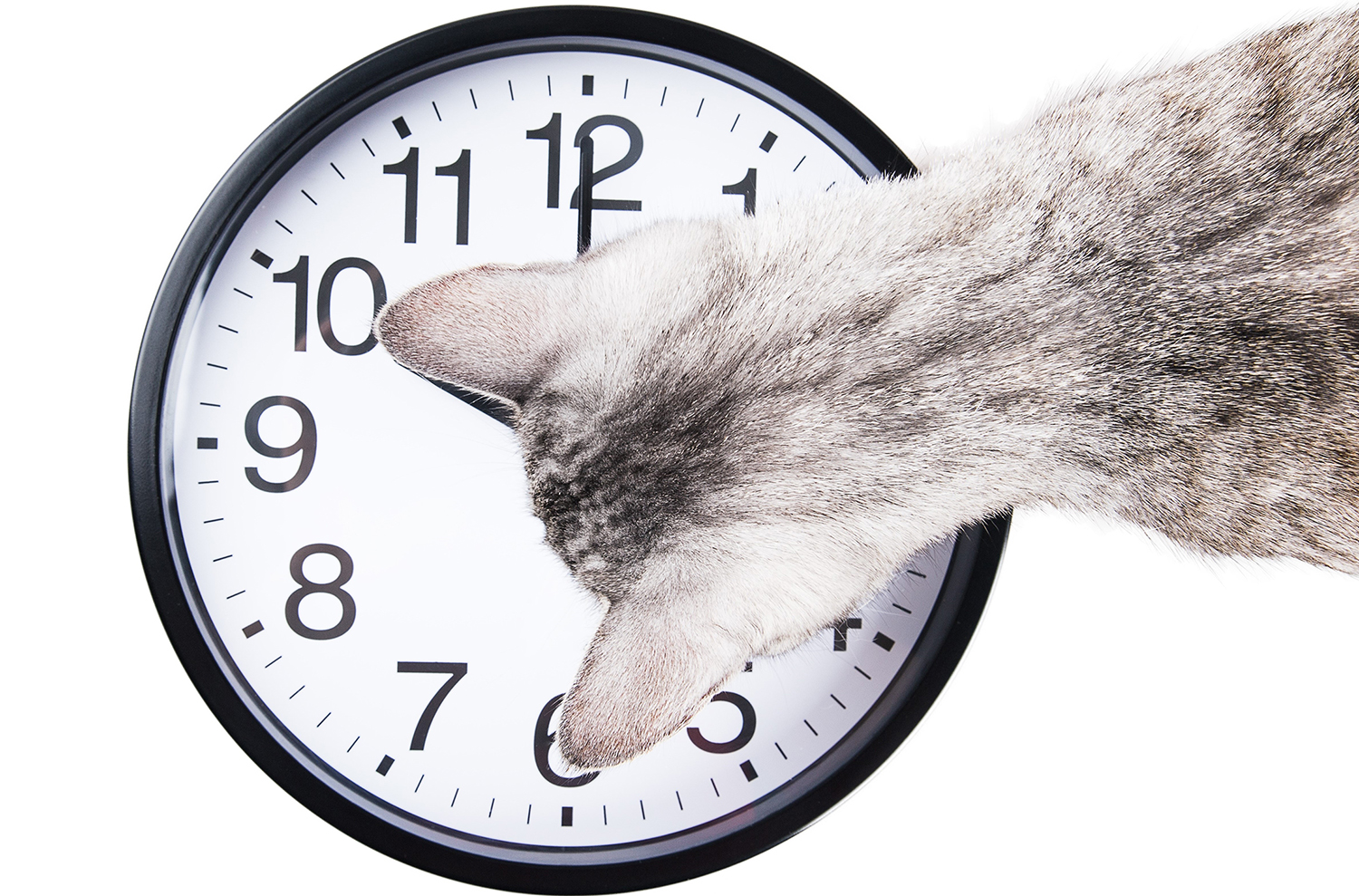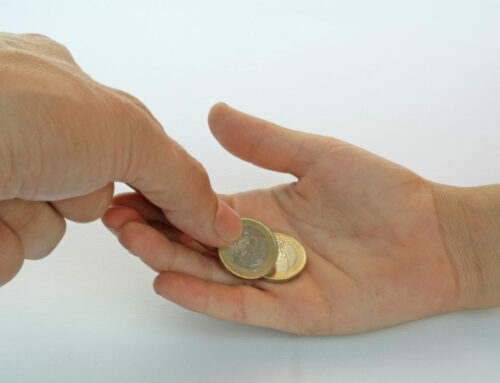 If your fundraising plan doesn’t include a strategy for finding, cultivating, and asking major donors for a large donation, you’re missing out on some big gifts for your nonprofit.
If your fundraising plan doesn’t include a strategy for finding, cultivating, and asking major donors for a large donation, you’re missing out on some big gifts for your nonprofit.
Larger gifts equal more net revenue, which means you can do more good.
It’s the old 80/20 rule at work: over 80% of all funds come from about 20% of donors. Actually, the Fundraising Effectiveness Project shows that 88% of all funds come from 12% of donors.
That means if you spent most of your time on the top 12% of your donors, you’ll raise more money – and in less time – than messing around with little nickel-and-dime fundraisers.
Just think: you could work less and raise more!
So, let’s get you some major gifts, okay?
There are two big reasons why people don’t work on major gifts:
- They aren’t comfortable asking for money in person.
- They don’t know who to ask.
If major gift work is new to you, I get it.
I was pretty nervous about asking people for a large donation when I was new to fundraising.
But I learned a few tricks that worked beautifully, and now I want to share them with you so you can get big gifts for your small nonprofit.
Let’s start by taking a look at some surprising benefits of working on your major donor fundraising strategy.
Why Focus on Major Donors?
The biggest reason to work on major donors is because the return on investment is so high. Major donor strategy should be a foundational piece of your fundraising plan.
Here’s why:
1. Major donors can make a decision right away.
There’s no committee to convene and very little (if any) paperwork. The only person who might need to approve a major gift is a spouse.
When you have an urgent need, a fantastic opportunity, or a funding gap, major donors can fund that need FAST for you!
2. Major donors are the BEST source of funding for specific projects.
Maybe your food bank is working on a special program to send meals home with students over a holiday break, for children who might not have any other way to get food when school is closed.
A donor who is moved by this particular project might fund the whole thing— yes, that’s happened to me before!
There are no hoops to jump through like with grants or corporate sponsors.
A major donor who believes in your mission is more likely to take a chance without documented proof that your approach will work.
3. Major gifts give you breathing room to stop hosting all those little fundraisers that barely generate any money.
You could spend hours and hours planning and hosting a fundraising event and make a couple hundred dollars or…
… you could spend a fraction of that time growing a major donor relationship that yields a $10,000 check plus kindles an important relationship for the future.
Where would you rather spend your time? 😉
4. Fundraising gets less stressful.
Knowing you have major gifts coming in can ease the stress of finding money and allow you to get down to work, focusing on your services and programs.
Major donors are also more likely to provide unrestricted funding than grants or other sources of revenue.
What Do Major Donors Want When They Give?
 Donors who give big are no different from you and me.
Donors who give big are no different from you and me.
They just happen to have bigger bank accounts.
It’s important to understand their motivation before you go searching for major donors.
They give to make a difference and support a cause they care about.
They want to feel great knowing they did a good thing. Actually, this is the same across the board with all donors, regardless of wealth. In short, donors give because giving feels amazing!
Occasionally, a major donor will want their name on a building—naming rights is a whole separate topic—or some other perk like the opportunity to meet people receiving services in a more private setting, an exclusive tour, or their name listed in a report.
But the majority do not.
They just want to give to something that matters to them and that will have a meaningful impact.
What Amount Is Considered a Major Gift?
Many small nonprofits use $1,000 as the entry into major gift territory.
But YOU get to decide what’s right for your organization.
Some organizations start at $500.
Others may have grown to the point where they’ve raised their minimum major gift size to $5,000 or $10,000. (Yes, you can raise the bar as your nonprofit grows!)
Regardless of the size of the organization, major donors are the ones who give BIG relative to other donors.
If you aren’t sure, try this.
Look over the gifts you receive from individuals, and see what size gift is at the top of the scale.
Start with your top 10 gifts over the past 12 months.
What is the average size of these gifts? Is there a natural breakpoint? Use that number as your major gift definition.
For example, if your top 10 donors last year all gave at least $1,000, then use $1,000 as your major gift threshold.
The important thing is to define major donors for your organization, so you can properly cultivate them and grow your major donor base.
Where do I Find Major Donor Prospects?
 Ok, so where do you find major donors, especially if you’re new and you don’t have a big donor base yet?
Ok, so where do you find major donors, especially if you’re new and you don’t have a big donor base yet?
The bad news is that there’s not a list of rich people somewhere that you can access and just get the names.
In fact, targeting people based on their wealth is just a bad idea.
Even if you did know exactly who the wealthy people are, it doesn’t mean they’re going to give you money.
People have their favorite causes, and if your cause isn’t one of their favorites, you’re not going to get a gift.
It’s not about how much money they have but about how much they care about the work your nonprofit does in changing lives.
They give because they trust that you can make a difference in the world.
They give because they feel connected to your mission.
So, instead of focusing on their ability to give, look for a strong connection.
Your best prospects might be closer than you think.
1. Start your search for major donors in your personal circle.
Think about people you already know who can make a big gift and start with them.
This is particularly important if you’re the founder of your nonprofit or if your programs aren’t yet up and running.
People will give based on their relationship with you and the trust they have in you.
Think about people in your social circle, former coworkers, extended family members, etc., even if you aren’t sure if they could give a big gift or not.
You won’t lose anything by cultivating them, so add them to your list anyway.
2. Identify prospects from your organization’s inner circle.
The most likely prospects for major gifts already have a link to your organization.
So consider Board members, staff, and volunteers who might be good prospects for major gifts.
Sometimes, people using your programs and services are major donor prospects. Don’t overlook them!
3. Ask “who do you know?”
Ask people in your own personal inner circle and in your nonprofit’s inner circle who they know who might be interested in the work your nonprofit does.
You’re not necessarily looking for wealthy people.
Remember, people give because they care about your work, so start looking for interest before you sneak a peek into their wallet to try to guess how much they can give.
An introduction by a friend, Board member, or volunteer can be the connection you need to meet your next major supporter.
4. Look through your current donors.
You may have current donors who have the capacity and willingness to donate even more than they already are… but nobody has ever thought to ask them to do so.
To identify potential major donors in your database, look at several factors.
First, look at their total giving over the past year.
It’s important to look at cumulative giving and not just one-time gifts because someone who donated $1,000 once – and someone else who made three gifts of $500 – are both valuable, but only one will show up if you search your data for those who have made a single gift of $1,000 or more.
Also, look at the number of gifts and the number of years they’ve been giving.
Regular, consistent giving tells you the donor is invested in your cause, and it’s worth the time to visit with them in person.
5. Identify major donors who support similar causes.
You may run into philanthropists at parties, events, or through your current connections.
Don’t avoid conversations because you don’t want to “steal” them away from another nonprofit.
Simply give them the chance to get to know your nonprofit, and they’ll make the decision whether or not to give.
People who donate to a specific type of nonprofit are actually more likely to donate to a similar nonprofit than those who don’t donate at all.
6. Leverage your fundraising events.
A well-done fundraising event can be a great way to raise money AND make new contacts.
Non-fundraising events can be productive, too.
At every event you hold, whether it’s a fundraising event or some other kind of event like a volunteer orientation, program event, etc., make a point to “work the room” to meet as many people as possible.
You never know when you’ll meet your next big donor!
7. Plan a friendraising event.
Plan an event specifically for your Board members, staff, and volunteers to invite potential donors, especially those they think might have the ability to be major donors.
An open house or cocktail party can be a great, low-pressure opportunity to get to know people and find out what their interest is in your nonprofit’s mission.
8. Use a wealth-screening tool.
You may have donors in your current donor family who are capable of making a large gift but haven’t chosen to do that yet for whatever reason.
A wealth-screening tool can tell you who among your donors has the means to make a larger gift.
Some donor management softwares have these wealth-screening tools built in or you can use a service to help you identify diamonds in the rough among your donors.
How Do I Get a Major Gift?

Identifying major donor prospects is just Step 1.
The next step is to build a relationship and cultivate each prospect to understand what’s important to them so you can match your Ask to their interests.
People give big when they feel passionately about a cause and want to make a difference.
You need to invest time and attention in your top donors to make sure they know they’re making that difference.
Think about it this way: the more money you want a donor to give, the more time and attention you must invest in the donor.
Building relationships with major donors can be fun and rewarding work as you learn more about each donor and what truly matters to them.
If your nonprofit is new or young, you may not have major donors yet.
Or you might have them, but don’t yet know it.
Tips to make major donor work easier:
The Bottom Line

Becoming a Major Gifts Officer—on top of everything else— is as much about time management as anything else.
Make time every day to consult your major gifts spreadsheet and check to see steps you need to take with each person on your list.
What tours do you need to set up?
What face-to-face meetings do you need to schedule?
It’s your job to nurture their journey – to get them to the sweet spot where they’re giving as much as they can, loving the return on their investment, and feeling wonderful knowing they’re using their money to do something good.
The more major donors you cultivate, the more money you will raise, and the more lives you can change… and the less stressed you’ll feel as you get comfortable asking people who love your organization to give a little more.







Thank you for sharing. I was on a board for a while where the other members struggled to “think big.” This is a great resource to help small organizations transition into bigger goals.
thank you for the information. I’ve looking for someone to help me improve my school by donating books, desks and computers. now ..l;ve seen it’s easy to do.
Thanks for the way forward on how to get a donor for my project. Looking forward to get a DONOR soon
Thank you for the tips ,gained potential through your explanation
Good afternoon everyone
Good afternoon, is there anything we can help you with today?
This is very helpful for me in building my small nonprofit
We are very glad that you found this helpful!
Thanks for the information, ok IAM young man having an interest of helping and I would like to have donor so that we can proceed what I started together.
Of course! We hope you find this information helpful in your fundraising venture.
Many thanks to the founder of this platform, I’m a youth leader in Africa who is fighting to make positive change in society
Thank you, Elwood, for all that you are doing! We are so grateful that this information has been helpful to you.
– Coach Jessie